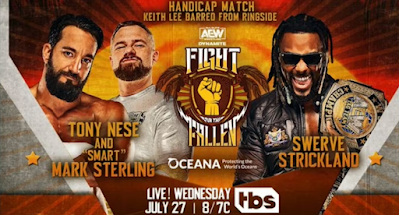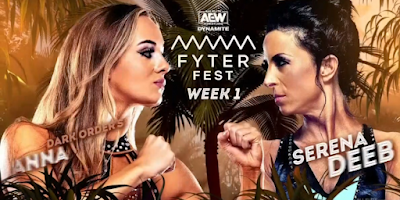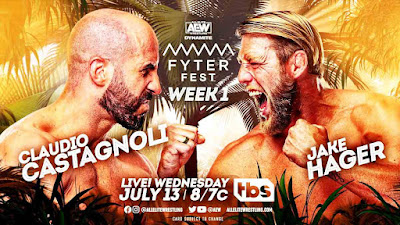Welcome to another Top Ten Things here at Enuffa.com! A couple weeks ago I made a list of Quentin Tarantino's ten best, and thought it might be appropriate to give Stanley Kubrick similar treatment.

Kubrick was one of the all-time great film auteurs, creating a unique visual style characterized by fluid camera movement, unnervingly symmetrical deep focus photography, and often a cold emotional detachment. His films often contained deep subtext and were generally much more about the human condition as a whole, than about the fate of the individual characters. He would build his stories around lofty philosophical concepts and themes, which he hammered home with every sequence. Kubrick was notorious for being a perfectionist, often asking his onscreen talent for dozens upon dozens of takes before he saw one he liked, and demanding strict continuity on the set. Considering he was active for over 45 years his filmography was quite sparse, and in later years his filmmaking process was so painstaking it became infamous. His last film
Eyes Wide Shut for example was in production for a staggering 17 months, and he just barely lived long enough to see its completion.
Stanley Kubrick was one of the most controversial, divisive, and thought-provoking filmmakers of all time, and he left behind a stunning body of work containing some of the most amazing visuals ever put to film. Lending themselves to varied analyses, his films demand repeated viewings and tend to reflect humanity's virtues and (more often) deep-seated flaws. What a tremendous talent this man was.
Here now is a list of his ten best works.
But first, check out a piece I wrote about Kubrick's early effort
Killer's Kiss, which has grown on me quite a lot.
10. Lolita
This 1962 adaptation of Nabakov's provocative novel was met with vehement scorn from religious groups upon its release, to the point that Kubrick had trouble even getting it distributed. The story concerns a middle-aged man's love affair with a 12-year-old girl and his subsequent fall from grace. Kubrick enlisted Nabakov himself to adapt the novel into a screenplay but changed several elements and played up the dark comedic aspects, such as the supporting character of Clare Quilty (Peter Sellers). Beholden to the MPAA, Kubrick also had to keep much of the lurid material implied rather than explicit. The result was a pretty outrageous "dramedy" with strong performances from its lead actors, in particular Sellers and the 16-year-old Sue Lyon, whose turn as the title character is well beyond her years. I consider
Lolita one of Kubrick's lesser efforts, but it's certainly never dull.
9. The Killing
Kubrick's third feature (though only his second "official" release as he pulled his first film
Fear & Desire from theaters) is an early example of the heist-gone-wrong story. Based on the novel
Clean Break,
The Killing is about an intricate plot to rob a racetrack of $2 million, and the aftermath of the crime which leaves most of the conspirators dead. The theme of "even the best laid plans..." is prevalent in this film, and the carefully orchestrated robbery ultimately fails due to multiple unforeseen events. The standout performance belongs to Sterling Hayden, who brings a cynical, grizzled quality to criminal mastermind Johnny Clay. In assembling the film, Kubrick played around with the timeline, presenting certain events from multiple points of view. I have to think
The Killing had a big influence on Quentin Tarantino when making
Reservoir Dogs and
Jackie Brown.
The Killing is an early example of Kubrick's considerable intellect as he moves his characters around like chess pieces.
8. Full Metal Jacket
The late 80s saw a bevy of Vietnam-related films, and Kubrick's adaptation of
The Short-Timers was one of the most noteworthy. Though later to the game than he'd hoped, Kubrick nonetheless presented a fascinating take on the evils of war and their effect on the human psyche. The film is split into two parts, the first (and best) of which depicts Parris Island Marine Corps basic training, where Private Joker (Matthew Modine) witnesses the complete mental breakdown of Private Pyle (Vincent D'Onofrio) at the hands of a brutal drill instructor (R. Lee Ermey, in a brilliantly vulgar performance). The second half of the film then picks up with Joker's exploits as a war correspondent in Vietnam. While still atmospheric and beautifully shot, the second half is unfortunately nowhere near as strong as the first, given that it's missing the two best characters in the film. Still,
Full Metal Jacket remains one of the best films made about Vietnam and about the dehumanization of those who lived through it.












































